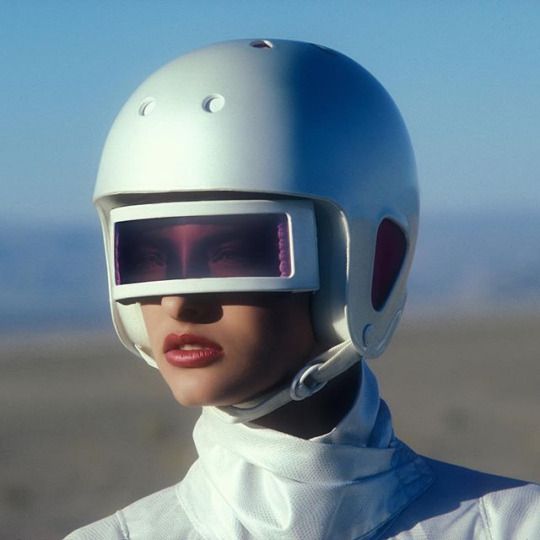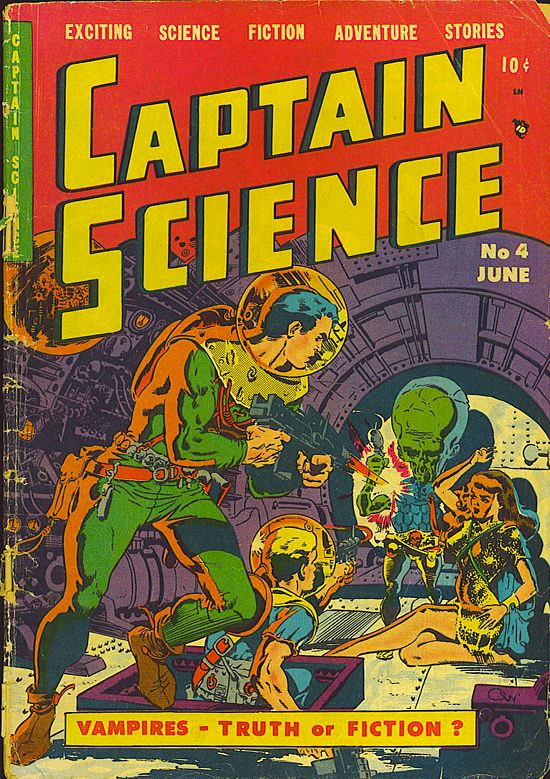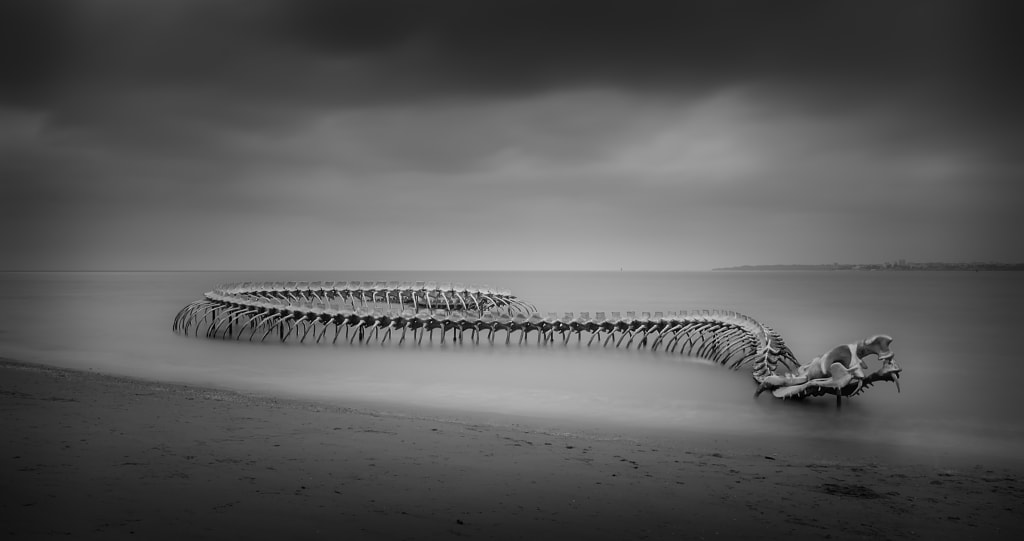Where do villains come from? Or, rather, where does the word for them derive? Merriam-Webster wrote a quick explainer:
Upon being informed that villain is related to a Latin word meaning “inhabitant of a villa,” one might conjure up images of a mustache-twirling villain conniving evilly at his sprawling villa. The history of the word, though, is far more complicated than that.
The story does start with that Latin word. Actually, it’s a Medieval Latin word: villanus. The fact that it’s Medieval Latin matters because although the word villa in classical Latin referred to a large country dwelling, by the time of Late Latin—the 3rd to 6th centuries—the word could also refer more generally to any aggregation of rural dwellings, making it nearly equivalent in meaning to village. Medieval Latin came after Late Latin (Medieval Latin was in use from the 7th through the 15th centuries), making villanus, with its “inhabitant of a villa” meaning, basically a synonym of villager—which doesn’t exactly evoke that evilly conniving villa-abiding villain.
As not to copy and paste the whole thing, I suggest you read the rest to continue the etymological trail. But the root for ‘villain’ has links to some interesting words:
*weik-
Proto-Indo-European root meaning “clan, social unit above the household.”
It forms all or part of: antoecian; bailiwick; Brunswick; diocese; ecology; economy; ecumenical; metic; nasty; parish; parochial; vicinage; vicinity; viking; villa; village; villain; villanelle; -ville; villein; Warwickshire; wick “dairy farm.”
It is the hypothetical source of/evidence for its existence is provided by: Sanskrit visah “house,” vit “dwelling, house, settlement;” Avestan vis “house, village, clan;” Old Persian vitham “house, royal house;” Greek oikos “house;” Latin villa “country house, farm,” vicus “village, group of houses;” Lithuanian viešpats “master of the house;” Old Church Slavonic visi “village;” Gothic weihs “village.”
via Etymonline
Words are fascinating, aren’t they?





